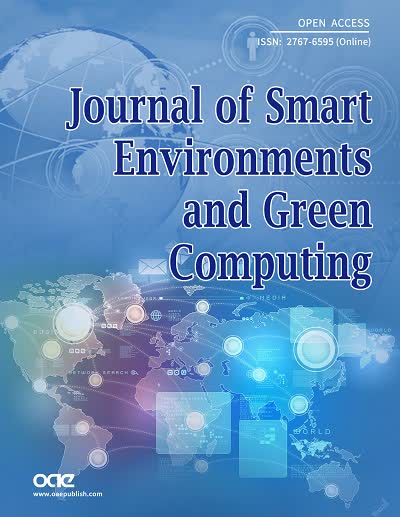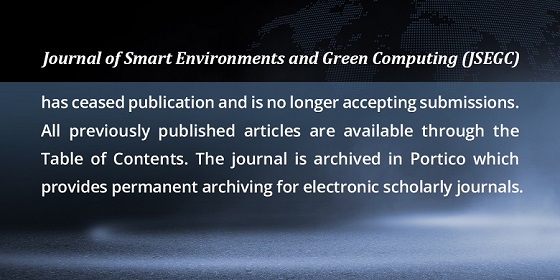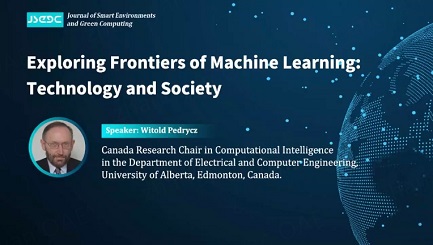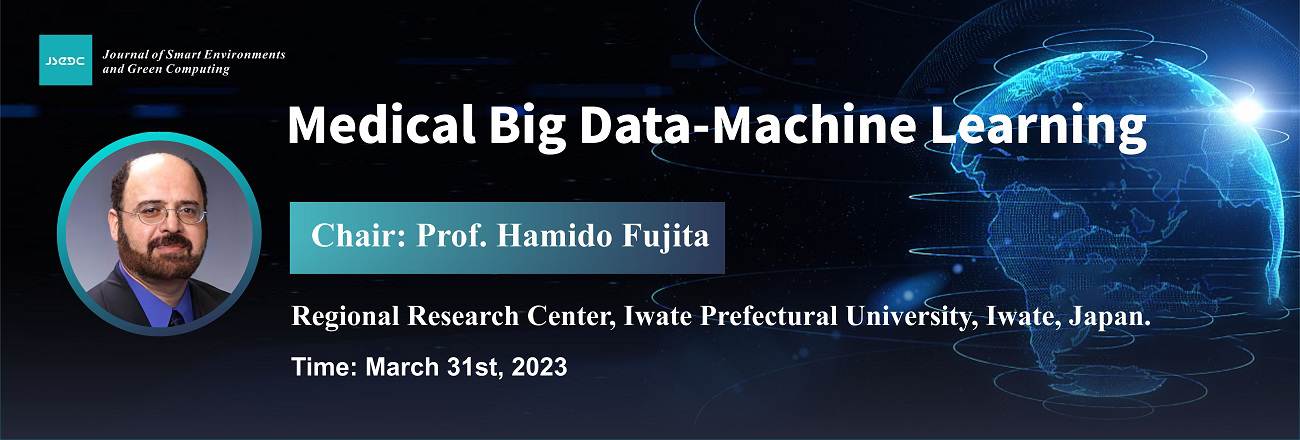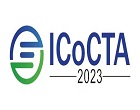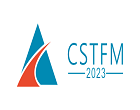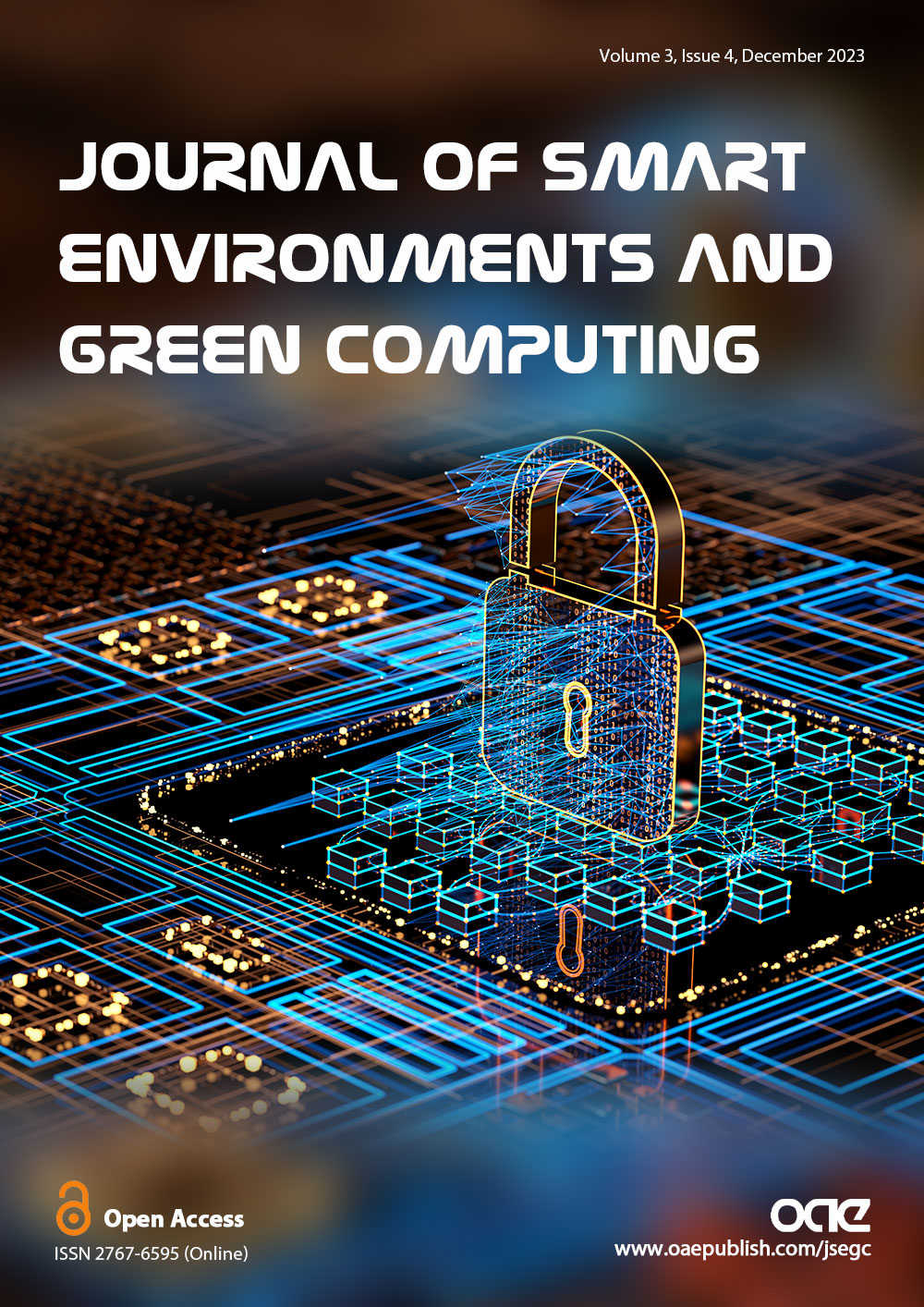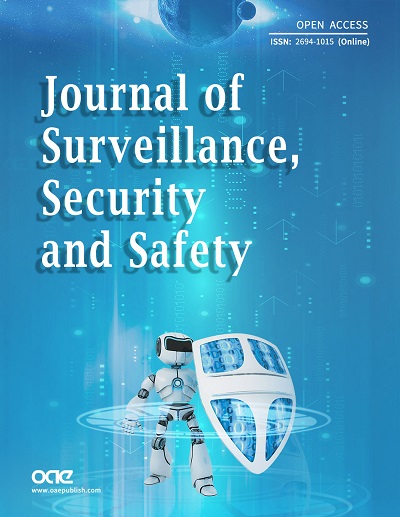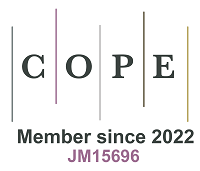Journal of Smart Environments and Green Computing
Views: Downloads:
Views: Downloads:
Views: Downloads:
Views: Downloads:
Views: Downloads:
Views: Downloads:
Views: Downloads:
Views: Downloads:
Data
150
Authors
139
Reviewers
2021
Published Since
111,804
Article Views
27,094
Article Downloads
For Reviewers
For Readers
Add your e-mail address to receive forthcoming Issues of this journal:
Themed Collections
Related Journals
Related Journals
Data
150
Authors
139
Reviewers
2021
Published Since
111,804
Article Views
27,094
Article Downloads

